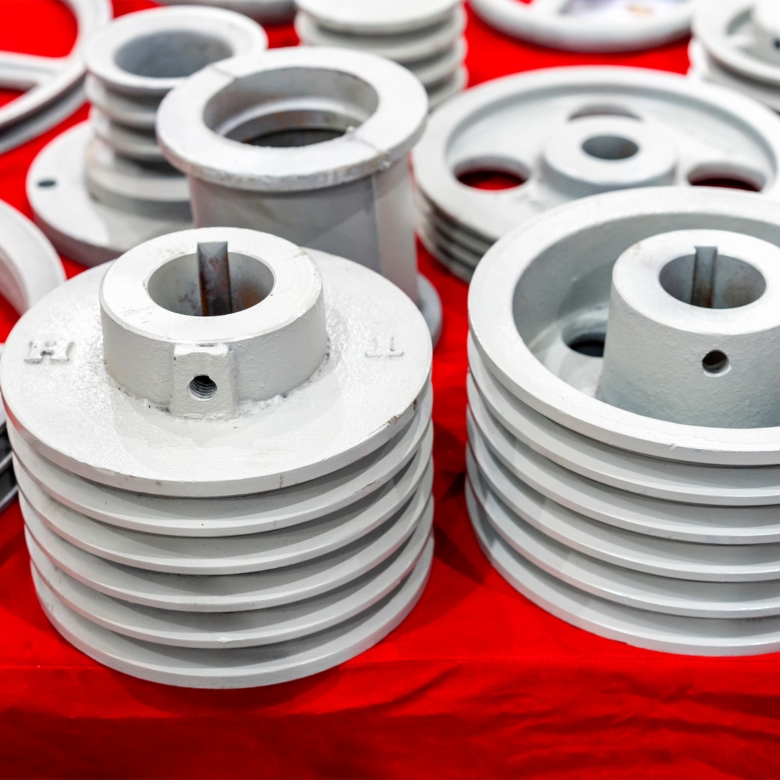Sand casting is one of the oldest and most widely used methods for producing metal parts and components. It’s a versatile and cost-effective manufacturing process that can create intricate shapes and sizes. This guide will take you through the entire sand casting parts process, from the initial design to the finished product. Whether you’re a beginner or looking to deepen your knowledge, read on to discover the in
Understanding Sand Casting
Sand casting partsis a casting process that involves pouring molten metal into a sand mold. It’s a highly versatile method used to create parts with various shapes, sizes, and complexities. The basic principle involves making a mold from a pattern, filling it with molten metal, allowing it to cool and solidify, and then removing the sand casting parts from the mold.
2. Designing Your Part
The first step in sand casting parts is designing your part. Consider factors like material choice, dimensions, tolerances, and any required features. Ensure that your design is suitable for sand casting, as not all shapes and geometries are easily cast using this method.
3. Pattern Making
Once you have your design, you’ll need to create a pattern. The pattern is a replica of the final part and is used to create the mold. Patterns can be made from various materials, including wood, plastic, and metal. They must be carefully crafted to account for shrinkage and other factors during casting.
4. Preparing the Mold
The pattern is placed in a box or flask, and then fine sand is packed around it to create a mold cavity. Cores, which are sand shapes used to create internal features, can also be added. The mold is then prepared for pouring by creating channels for the molten metal (gates and runners) and vents to allow gases to escape.
5. Pouring and Solidification
With the mold ready, it’s time to melt the chosen metal and pour it into the mold cavity. The metal fills the space left by the pattern, taking its shape. As the metal cools and solidifies, it forms the desired part.
6. Shakeout and Cleaning
After solidification, the mold is broken open to reveal the casting. This process is known as shakeout. The casting is then cleaned to remove excess sand and any adhering material. This may involve shot blasting, grinding, or other methods.
7. Machining and Finishing
While sand casting can achieve good dimensional accuracy, additional machining and finishing processes may be necessary to meet tight tolerances and achieve the desired surface finish. This step depends on the specific requirements of your part.
8. Quality Control
Quality control is crucial in sand casting parts. Inspect the casting for defects such as porosity, inclusions, and dimensional inaccuracies. Non-destructive testing methods like X-ray and dye penetrant testing can also be used to ensure the part meets specifications.
9. Advantages and Limitations of Sand Casting
Sand casting parts offers advantages such as cost-effectiveness, versatility, and the ability to create complex shapes. However, it has limitations, including limited dimensional accuracy and surface finish compared to other casting methods.
Conclusion
Sand casting parts is a time-tested method for producing metal parts and components. By understanding each step of the process, from design to finishing, you can harness the power of sand casting to create a wide range of parts for various applications. Remember to consider the material, design, and quality control aspects to ensure the success of your sand casting project.
s and outs of sand casting parts.


